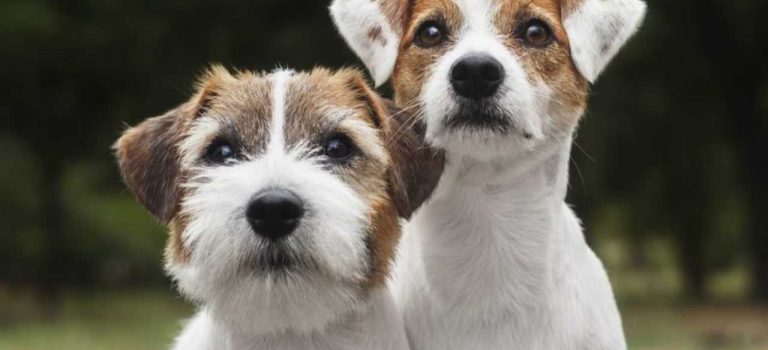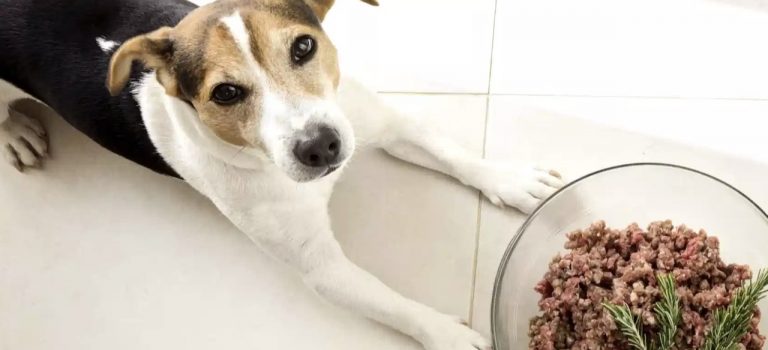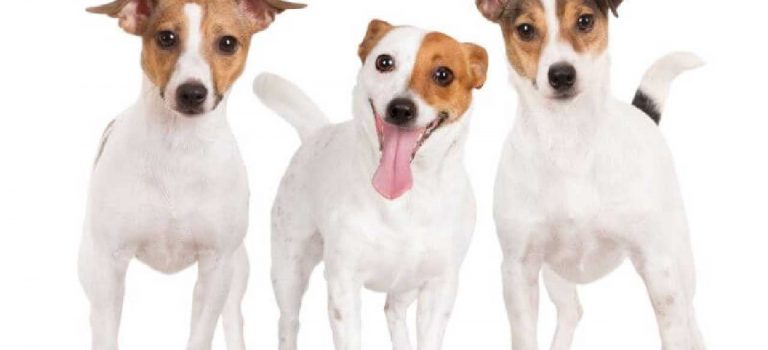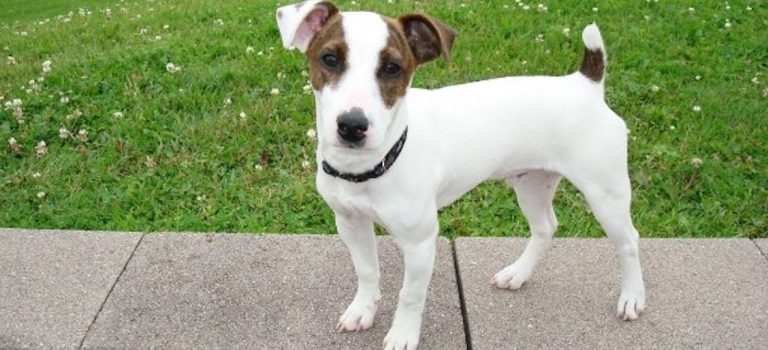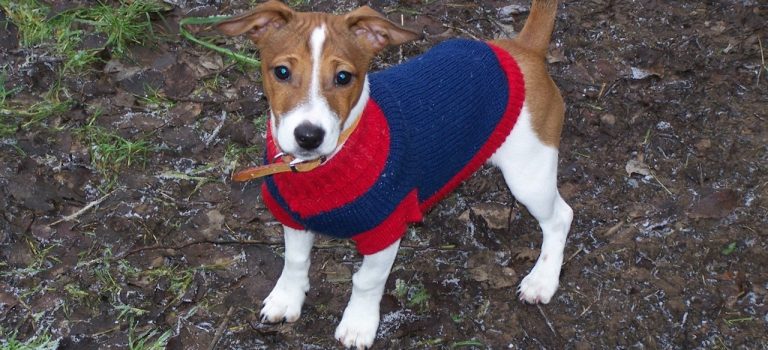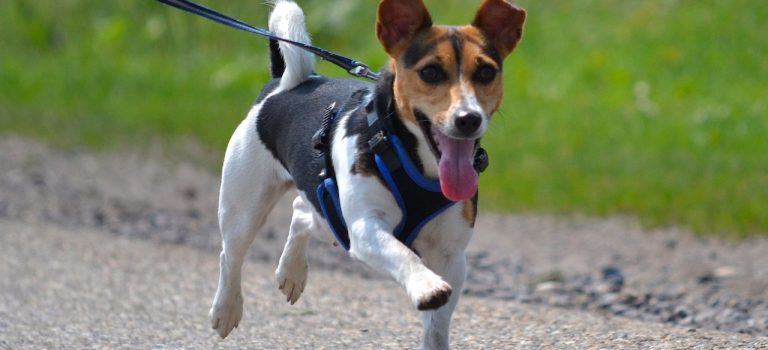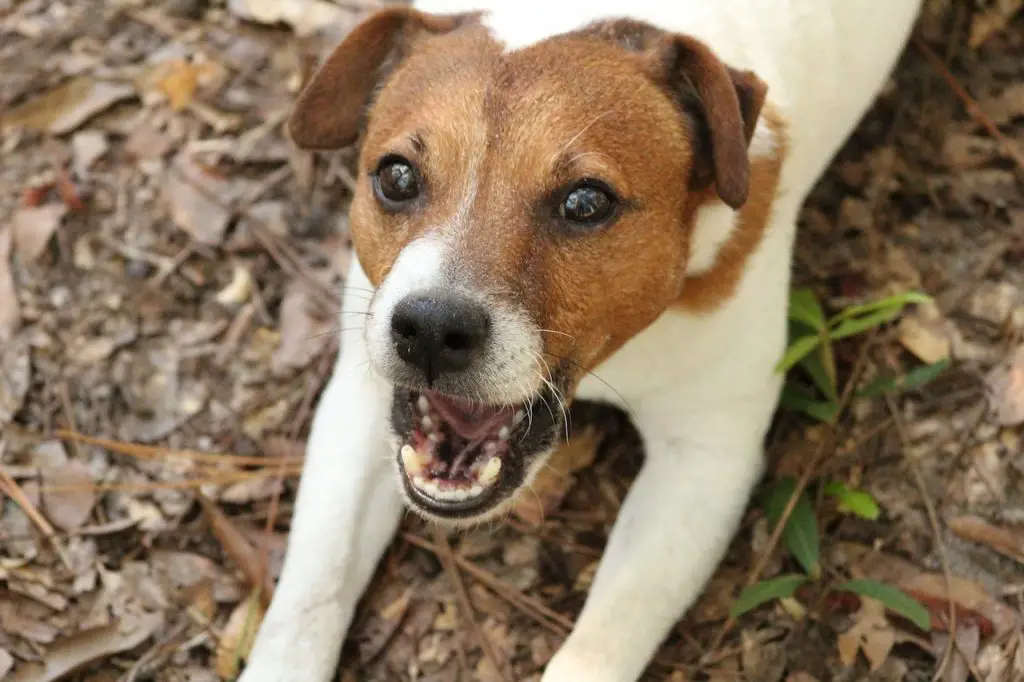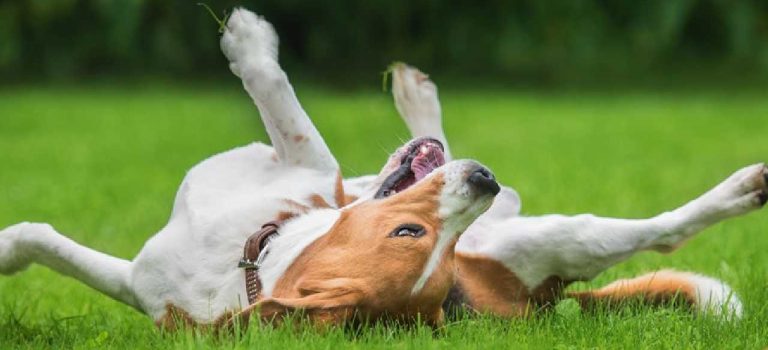jackrussellworld.co.uk is a participant in the Amazon Services LLC Associates Program and other affiliate advertising programs designed to provide a means for us to earn fees by linking to Amazon.com and affiliated sites. Affiliate links may be used on this page and in jackrussellworld.co.uk articles, but they do not impact on the price that you pay.
Anyone who’s ever owned a Jack Russell knows that they require a lot of special care. Besides being energetic, Jack Russells are notoriously stubborn, and can be highly-strung. They need a lot of exercise in order to stay healthy, and they can have trouble living peacefully with other pets if not properly socialized. Plus, they have strong genetic prey drive and herding instincts which means they often try to chase small animals and herd humans for fun.
My Jack Russells have all had their own little personality and funny quirky things that they do – and I’ve now owned 4 during my lifetime. So I feel well placed to answer your question about being a Jack Russell owner. So what’s it really like having a Jack Russell as a pet?
Having a Jack Russell as a Pet
A Jack Russell is not the easiest pet to own — but if you have the time and dedication needed for this unique breed of canine friend, owning one is truly an unforgettable experience to enjoy with your best furry pal as your sidekick. There are pros and cons to having a Jack Russell, so it’s just a case of making sure that it will fit in with your life and that you have the time and energy to give him (or her) what he needs.
Having a Jack Russell as a pet has got me through some really bad times including relationship breakdowns, deaths in the family and a severe bout of depression. To have that cute furry face looking up at you and asking for his food or walkies gives you a routine and a strong sense of purpose.
My last Jack Russell terrier, Milo came everywhere with me – to the pub, on the bus and even to work! I was so heartbroken that I said I could never have another one, yet 2 years later Blake the Jack Russell Patterdale cross came into our life to fill the furry void left behind! He has bought us so much joy and certainly got us through the last year of Coronavirus restrictions and lockdowns.
Pros of Having a Jack Russell
- Will ensure that you get daily exercise
- Gives you a routine (feeding, walking, playing)
- Social life of walking the dog and mixing with other dog owners (dog owners always talk to each other!)
- A sense of purpose
- Cuddles and companionship (they are very loyal and loving towards their owner)
- Easy to train for tricks
- Healthy dogs – they are happy and energetic
Cons of Having a Jack Russell
- Difficult to train off lead due to their strong pray drive
- Can be snappy without socialisation and training
- Need to be at home majority of the time – can’t really leave them more than 3 hours
- Destructive behaviour when left alone too long
- Difficult to have a holiday without family members to look after them – they don’t do well in kennels and being apart from their owner
- Need to be able to spend at least an hour a day walking them
- Cost of having a dog can be high – need regular worming and annual injections and vets checkup plus food
- Can be leash reactive and reactive towards other dogs and fast moving things such as bikes and scooters.
Having a Jack Russell as a Pet – What will my day look like?
AM – Morning walkies and Food
Firstly, don’t expect a lie in if you have a Jack Russell – not even on the weekend! You will need to get up early with your dog around 7am to let him out to the loo. Walking him last thing at night and getting up early to let him out will minimise accidents in the house. After letting him/her to the loo at 7am you can then have half an hour for your own breakfast and getting ready. Then you will need to take at least half an hour for a walk in the park with your dog.
You can feed your dog when he gets back from his morning walk – Jack Russells like to eat after they have been out because it mimics the result of the ‘hunt’ from when they were in the wild. Also, the exercise works up their appetite.
PM – Afternoon loo or walk and snack
If you work from home, fantastic, but if you don’t you will need to come back home at lunch time to let your Jack Russell to the loo. If you cannot do this, ask a family member or friend to help you out. Otherwise, you will need to budget for a dog sitter for a 20 minute lunch time visit for a short loo trip or walk plus treat. It’s nice to leave them with a chew in the afternoon.
Evening – Food, Last Walk ad Cuddles/Play Time
After work you will be feeding and walking your Jack Russell for the second time. It is essential that they get at least 2 walkies and extended walks on the weekends (read more on Jack Russell exercise).
In the evenings expect lots of cuddles while you watch TV! They are very affectionate dogs when you have developed a bond together. However, there may be an hour of hyperactivity (well call this ‘happy hour!’) around 9pm-10pm when they get a spurt of energy and want to play. You can play fetch, tug-o-war and rough and tumble play with your JRT – they love rough housing!
Weekends
On Weekends plan for training sessions with your Jack Russell and also extended walks with the family. Ideas for weekend getaways include Snowdonia, Peak District, Lake District and the Scottish Highlands.
Going on Holiday when you have a Jack Russell
Holidays abroad will be more of a challenge because many Jack Russell owners find it difficult to leave them. But if you have a car or van and your dog has a passport you can consider travelling with your Jack Russell within the EU.
They have a Strong Prey Drive
The Jack Russell Terrier is a small terrier that has an energetic disposition and strong hunting instincts….They require a firm owner who can display leadership. If your Jack Russell has a particularly strong prey drive and doesn’t have good recall due to this, then it can be difficult to let him off lead in public areas.
There are things that you can do to ensure that your Jack Russell still gets the exercise off lead that it needs. It is possible to hire enclosed fields for dogs to to online and on Facebook – we use Mutts off Lead in Maghull. You can also purchase a long 30m leash or climbing rope to allow them to run around while you still have control.
Jack Russells need Socialisation
They also require extensive early socialisation to help them get along with other dogs, because they are prone to fighting with dogs twice their size.
Additionally, they should not be left alone for extended periods of time; without sufficient companionship, the Jack Russell is likely to engage in destructive behaviour. They can be prone to separation anxiety which could result in crying, howling and barking when you leave the house.
Training your Jack Russell
The Jack Russell Terrier is a smart dog who is quick to learn, with a high degree of trainability. All of my Jack Russells have been very food motivated and eager to please. As a result I have been able to teach them a number of party tricks including spin round, roll over, beg and play dead. My second Jack Russell Suzy was so disciplined that she could hold a biscuit in her mouth or on her nose and wait until you told her to eat it!
As well as doing tricks, you will also need to teach your Jack Russell to be ok with strangers and to behave well on walkies. Clicker training is a great option for Jack Russells as they respond very well to positive reinforcement. You can read more about training a Jack Russell here.
If you enjoyed this article you might also like to read about Why do dogs tails wag? and Types of Jack Russell
